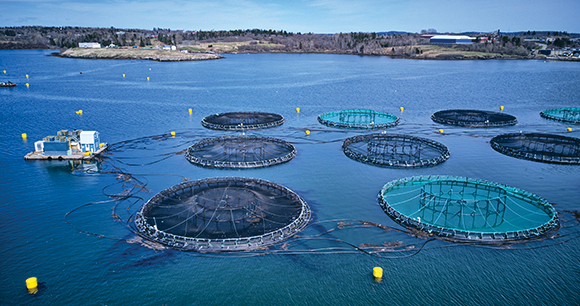This summer, the nonprofit animal welfare certification program Global Animal Partnership (GAP) debuted standards for farmed Atlantic salmon. As with other GAP animal welfare standards, the salmon standards are a series of “step levels” representing varying levels of animal welfare. To be certified at the base level, producers must provide enrichment to fish at all life stages, limit stocking density, comply with “cleaner fish” care and management standards, monitor water quality daily, and use approved methods of stunning and slaughter. To achieve certification at the next level, producers must provide an “enhanced habitat” and limit transport times. Producers at the highest level must use “fish-centered” production practices with increased health and welfare monitoring, and no transport for slaughter.

These standards are a positive step toward transparency and accountability concerning fish welfare in aquaculture. As fish farming expands, it is critical that animal welfare and the environment are top priorities, given the number of fish impacted, the significant impacts on the environment and other species, and growing awareness of the capacity of fish to feel and suffer.
AWI does have concerns, however, regarding what the standards permit in terms of predator control. For example, they allow live trapping of marine mammals and do not expressly prohibit certain nonlethal but potentially harmful deterrents such as paintball or sponge grenades. Another concern is the reliance on third-party certification programs to ensure sustainable feed. A number of eco-label programs have certified fisheries for Antarctic krill—a mainstay additive to salmon feed—that are putting further stress on krill populations already under severe threat from climate change and ocean acidification. These krill are vital prey for whales, seals, and penguins and are an indispensable component of the marine ecosystem.